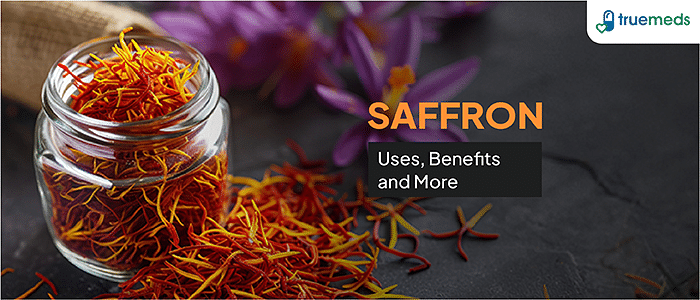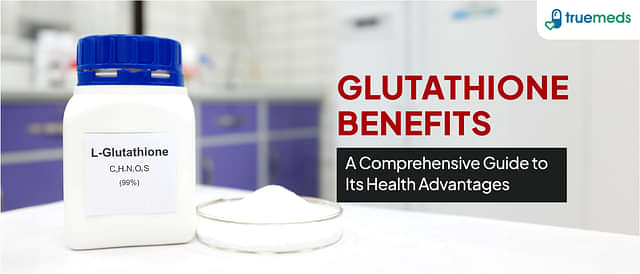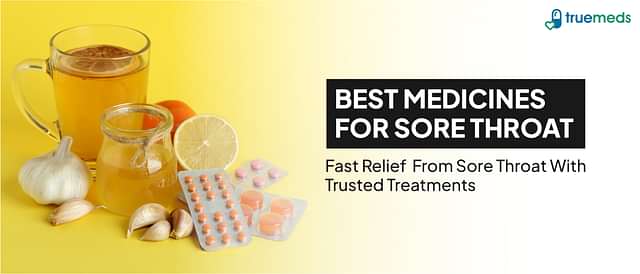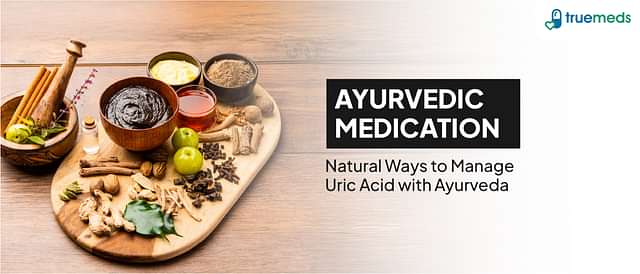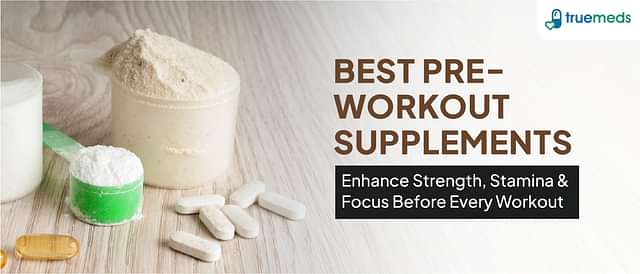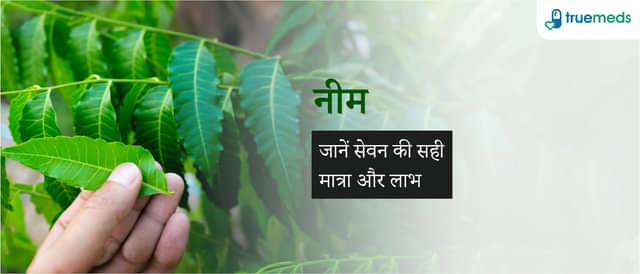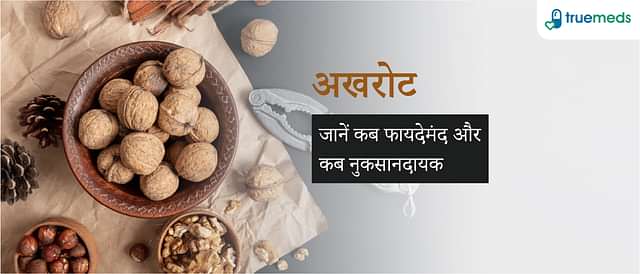Saffron (Kesar): Uses, Benefits and More
Last updated on : 10 Sep, 2024
Read time : 11 min
Introduction
Saffron is a spice that is significant in our kitchens, culture, and traditional medicine. Saffron, derived from the flower Crocus sativus, is renowned as the world’s most expensive spice. It is cherished for its vivid crimson stigmas and is used for seasoning and colouring in various cuisines worldwide.
Saffron has a long history, cultivated for over 5,000 years in the Mediterranean and the Middle East. The Akkadian Empire used saffron around 2300 BC. It remains essential in cultural practices from ancient Egypt to today’s culinary arts.
Saffron is a beloved spice in various cuisines, from Spanish paella and Italian risotto to Indian biryani. Its unique flavour and vibrant colour make it a staple in many dishes, enhancing taste and visual appeal. Beyond cooking, saffron is valued in Ayurvedic practices for its potential health benefits, including its sedative and anti-inflammatory properties. This versatile role in food and medicine highlights saffron’s significance throughout human history and culture.
What is Saffron (Kesar)?
Commonly referred to as ‘Kesar’ in India, saffron is derived from the stigmas of the Crocus sativus flower. The spice is characterised by its strong aroma and distinct flavour, attributes from its chemical compounds, primarily picrocrocin and safranal. These compounds also contribute to its vibrant yellow colour through the carotenoid pigment crocin.
The cultivation of saffron is a labour-intensive process, requiring the hand-harvesting of stigmas from thousands of flowers. This meticulous process, combined with the specific climatic conditions needed for growth, contributes to saffron’s high market value. Lets delve into the main health benefits of saffron and how it impacts local economies.
Types of Saffron
Saffron can be classified into several types based on its origin, appearance, and chemical properties. The primary types include:
- Super Negin: This is the highest quality saffron, recognized for its long, thick threads and deep red colour. It contains no yellow or orange parts and has a high colouring strength, making it the most sought-after variety.
- Negin: Slightly lower in quality than Super Negin, this type still boasts a good aroma and colour. It contains some yellow and orange portions but is still considered high quality.
- Sargol: Also known as ‘top of the flower’, Sargol saffron consists purely of red stigmas with no yellow strands. Despite having some broken threads, it possesses a robust aroma and high-quality attributes.
- Pushal: This type includes both red stigmas and some yellow parts of the flower. It is less expensive and often sold in stores, but it still retains a decent quality.
- Bunch Saffron: This includes whole stigmas along with the cream part, which is less desirable due to the presence of yellow threads.
- Kashmiri Saffron: Known for its thick strands and vibrant colour, Kashmiri saffron is highly regarded for its flavour and aroma.
- Italian Saffron: Produced across various regions in Italy, this variety offers diverse flavour profiles depending on where it’s cultivated.
Understanding these classifications helps you identify the right quality and characteristics of saffron for your needs. This helps to select the best type of saffron for your culinary or medicinal purposes.
Nutritional Value of Saffron
Saffron isn’t just a colourful spice to add to your dishes. It’s also packed with nutritional value that contributes to your health significantly. Let’s delve into the nutritional value of saffron per 100 grams:
| Nutrient | Amount per 100 gm |
| Calories | 310 kcal |
| Protein | 11.4 g |
| Carbohydrates | 65.4 g |
| Dietary Fiber | 3.9 g |
| Fat | 5.85 g |
| Vitamin C | 80.8 mg |
| Calcium | 111 mg |
| Iron | 11.1 mg |
| Magnesium | 264 mg |
| Potassium | 1,720 mg |
Saffron contains antioxidants, essential vitamins and minerals, contributing to your overall health. Whether you are interested in the benefits of saffron milk or Kesar, incorporating this rich spice into your diet can offer various health advantages. It also makes an excellent addition to your meals.
Saffron Uses
Saffron is renowned for its unique flavour, vibrant colour, and numerous health benefits. It has a wide range of uses in both culinary and medicinal contexts. Let’s check some of its uses:
1) Culinary Uses
Saffron is widely used as a flavouring and colouring agent in various cuisines around the world. Its unique aroma and vibrant yellow-orange hue make it an essential ingredient in many popular dishes:
- Spanish Paella: A delicious combination of rice, olive oil, various meats, and seafood, all enhanced by saffron.
- Indian Biryani: This fragrant rice dish often incorporates saffron for an extra layer of flavour.
- Italian Risotto alla Milanese: A creamy saffron-infused rice dish, adored for its rich taste.
- French Bouillabaisse: A spicy fish stew from Marseille that owes its unique flavour to saffron.
- Chelow Kabab: The national dish of Iran, comprising steamed saffron rice and succulent kebabs.
- Kashmiri Kahwa: An aromatic tea beverage infused with saffron, known for its energising properties.
2) Medicinal Uses
Saffron has been used in traditional medicine for centuries, particularly in Ayurvedic and Persian practices. Modern scientific research has also explored its potential health benefits:
- Saffron contains carotenoids that may help protect cells from oxidative damage.
- Some studies suggest saffron may be effective in treating mild to moderate depression.
- Saffron may help reduce inflammation in the body.
3) Cosmetic Uses
Saffron’s cosmetic applications are equally impressive:
- Saffron-infused skincare products: Numerous creams, serums, and masks feature saffron extracts. They’re marketed for their potential skin-brightening and anti-ageing properties.
- DIY saffron face masks: Homemade face masks often use saffron alongside ingredients like honey, yoghurt, or turmeric. Enthusiasts believe these mixtures can improve complexion and reduce blemishes.
Saffron Benefits
Saffron offers numerous benefits, from enhancing the flavour and colour of dishes to providing various health advantages. Let’s check some of these benefits:
1) General Health Benefits
Saffron’s health benefits are versatile and profound:
- Antioxidant Properties: The carotenoids in saffron, such as crocin and crocetin, act as powerful antioxidants, protecting cells from oxidative damage.
- Mood Enhancement: Research suggests that saffron may effectively treat mild to moderate depression, possibly due to its impact on neurotransmitters.
- Immune System Support: Saffron could potentially boost the immune system, reducing the risk of infections.
2) Saffron Milk Benefits
Drinking saffron milk before bed has its own set of benefits:
- Nutritional Benefits: Saffron milk combines the nutritional value of milk and saffron, providing a range of vital vitamins and minerals.
- Effect on Sleep and Relaxation: The potential sedative properties of saffron may promote relaxation and enhance sleep quality.
3) Saffron Water Benefits
Regularly consuming saffron-infused water can also have potential benefits:
- Hydration and Detoxification: This simple practice can support hydration and detoxification processes in the body.
- Skin Health: The antioxidants in saffron water may protect the skin from environmental stressors, contributing to overall skin health.
4) Saffron Benefits for Female Health
For women, saffron may have additional benefits:
- Menstrual Health and PMS Relief: Saffron may help alleviate menstrual cramps and reduce symptoms of premenstrual syndrome (PMS), such as irritability and mood swings.
- Hormonal Balance: By potentially regulating hormonal imbalances, saffron could support overall reproductive health in women.
5) Saffron Benefits for Male Health
Men, too, could potentially benefit from consuming saffron:
- Sexual Health and Libido Enhancement: Some studies suggest that saffron may improve sexual function and increase libido in men.
- Prostate Health: Saffron’s protective effects on the prostate gland may help reduce the risk of prostate-related issues.
Medical Benefits of Saffron
Saffron offers natural health benefits, including anti-inflammatory and antioxidant properties. It can enhance overall well-being and contribute to better physical and mental health.
- Research on saffron’s role in treating depression and anxiety suggests its effectiveness could be on par with antidepressant medications.
- Saffron has the potential to improve cognitive function and memory in healthy individuals and those with mild cognitive impairment.
- Saffron may also positively impact cardiovascular health by reducing inflammation, improving blood flow, and lowering blood pressure.
- The spice’s inherent antioxidant properties may further protect the heart and blood vessels from damage.
Side Effects and Precautions
While the benefits of saffron are plentiful, it’s essential to be aware of potential side effects and precautions.
- Possible Allergic Reactions
- Saffron can cause allergic reactions in some individuals. Symptoms may include skin rashes, itching, and swelling.
- People with known allergies to plants in the Lolium, Olea (olive), and Salsola families may also be at risk for saffron allergies.
- Recommended Dosages
- Even though saffron hosts a slew of benefits, it is generally deemed safe only when consumed in moderation.
- A typical recommended dosage for therapeutic effects is 15 mg twice daily.
- However, consuming higher doses above 5 grams (5,000 mg) can lead to toxicity with severe side effects such as vomiting and diarrhoea.
- It’s crucial to avoid excessive consumption, especially for pregnant women, as high doses may induce uterine contractions.
- Interaction with Medications
- Saffron can lower blood pressure, causing it to drop too low when taken alongside blood pressure medications.
- Paired with diabetes medications, saffron could further lower blood sugar levels increasing the risk of hypoglycaemia.
- Saffron may enhance the sedative effects of medications that depress the central nervous system. This could lead to excessive sleepiness or respiratory issues.
How to Incorporate Saffron into Your Diet?
If you’re wondering how to harness the saffron benefits into your diet, here are a few tips and suggestions.
- Tips for Buying High-Quality Saffron: When shopping for saffron, consider the following tips to ensure quality:
- Colour and aroma: High-quality saffron threads should be a deep red colour with a robust, fragrant aroma.
- Packaging: Opt for saffron enclosed in airtight containers. This helps protect it from light and moisture.
- Certification: Make sure to choose saffron that is certified or third-party tested to ensure its purity and quality.
- Suggested Daily Intake: To derive the saffron health benefits without risking side effects, a typical daily intake of around 30 mg, divided into two doses, is recommended.
- Recipes and Preparation Tips: Enrich your culinary skills by incorporating saffron into your dishes. Here are a few preparation tips:
- Infusion: Soaking saffron threads in warm water or milk for 10-15 minutes before adding them to your dish releases their flavour and colour.
- Culinary uses: You could add saffron to rice dishes, soups, stews and desserts for enhanced flavour and colour.
Saffron, also known as Kesar, has been valued throughout history for its unique flavour and numerous health benefits. From enhancing mood to providing antioxidant properties, the medicinal benefits of saffron make it quite versatile. However, while enjoying the saffron benefits, be cautious of its potential side effects and interactions with certain medications. By using saffron thoughtfully and choosing high-quality products, you can enjoy its unique taste and health benefits safely.
Frequently Asked Questions (FAQs)
Daily consumption of saffron can boost your mood, improve skin clarity, and enhance digestion. However, excessive intake may cause side effects.
Saffron is commonly used for its potent medicinal properties. It is also utilised to enhance cuisines with its unique flavour and add colour to dishes.
There are three main types of saffron, which include Iranian, Spanish, and Kashmiri, each differing in aroma, colour, and taste. There are other types of saffron besides these three.
Kashmiri saffron is considered the best due to its superior colour, aroma, and medicinal properties. However, the selection of saffron depends on individual tastes and preferences.
The most expensive type of saffron is often considered to be Kashmiri saffron. Known for its deep red colour and strong aroma, Kashmiri saffron is famous for its high quality and potency.
While Persian saffron has a robust flavour and deep red colour, Spanish saffron is milder and lighter in colour.
Yes, saffron (Kesar) can be taken daily with milk, and this combination is often used in traditional remedies. Saffron adds rich flavour and colour to milk and is believed to offer health benefits such as improving mood and digestion.
Disclaimer
Our healthcare experts have carefully reviewed and compiled the information presented here to ensure accuracy and trustworthiness. It is important to note that this information serves as a general overview of the topic and is for informational purposes only. It is not intended to diagnose, prevent, or cure any health problem. This page does not establish a doctor-patient relationship, nor does it replace the advice or consultation of a registered medical practitioner. We recommend seeking guidance from your registered medical practitioner for any questions or concerns regarding your medical condition.
Popular Articles
Recommended Articles
Recent Articles
Top-Selling Medicines:
...View more
Top-Selling OTC:
...View more
Company
About UsHealth ArticleHealth StoriesDiseases & Health ConditionsAll MedicinesAll BrandsNeed HelpFAQSubscribe
Registered Office Address
Grievance Officer
Download Truemeds

Contact Us
Our customer representative team is available 7 days a week from 9 am - 9 pm.
v3.7.8
Our Payment Partners









